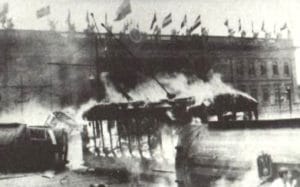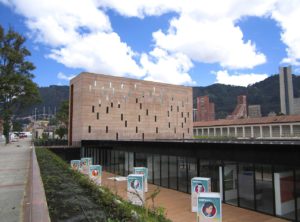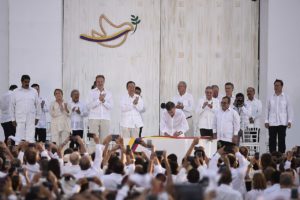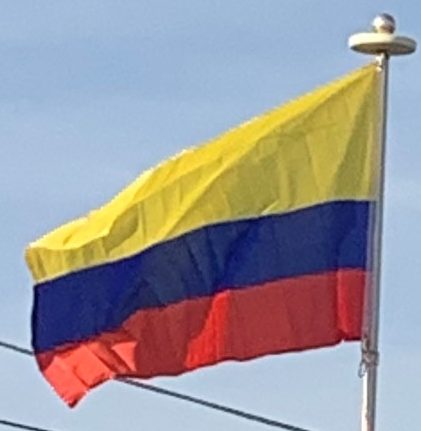
Colombia entered the Korean War when Laureano Gómez was elected president. It was the only Latin American country to join the war in a direct military role as an ally of the United States. Particularly important was the resistance of the Colombian troops at Old Baldy.
The violence between the two political parties decreased first when Gustavo Rojas deposed the President of Colombia in a coup d’état and negotiated with the guerrillas, and then under the military junta of General Gabriel París.
After Rojas’ deposition, the Colombian Conservative Party and Colombian Liberal Party agreed to create the National Front, a coalition that would jointly govern the country. Under the deal, the presidency would alternate between conservatives and liberals every 4 years for 16 years; the two parties would have parity in all other elective offices. The National Front ended “La Violencia”, and National Front administrations attempted to institute far-reaching social and economic reforms in cooperation with the Alliance for Progress. Despite the progress in certain sectors, many social and political problems continued, and guerrilla groups were formally created such as the FARC, the ELN and the M-19 to fight the government and political apparatus.

Since the 1960s, the country has suffered from an asymmetric low-intensity armed conflict between government forces, leftist guerrilla groups and right wing paramilitaries. The conflict escalated in the 1990s, mainly in remote rural areas. Since the beginning of the armed conflict, human rights defenders have fought for the respect for human rights, despite staggering opposition. Several guerrillas’ organizations decided to demobilize after peace negotiations in 1989–1994.
The United States has been heavily involved in the conflict since its beginnings, when in the early 1960s the U.S. government encouraged the Colombian military to attack leftist militias in rural Colombia. This was part of the U.S. fight against communism. Mercenaries and multinational corporations such as Chiquita Brands International are some of the international actors that have contributed to the violence of the conflict.
On 4 July 1991, a new Constitution was promulgated. The changes generated by the new constitution are viewed as positive by Colombian society.
21st Century:
The administration of President Álvaro Uribe (2002–10), adopted the democratic security policy which included an integrated counter-terrorism and counter-insurgency campaign. The Government economic plan also promoted confidence in investors. As part of a controversial peace process the AUC (right-wing paramilitaries) as a formal organization had ceased to function. In February 2008, millions of Colombians demonstrated against FARC and other outlawed groups.
After peace negotiations in Cuba, the Colombian government of President Juan Manuel Santos and guerrilla of FARC-EP announced a final agreement to end the conflict.

However, a referendum to ratify the deal was unsuccessful. Afterward, the Colombian government and the FARC signed a revised peace deal in November 2016, which the Colombian congress approved. In 2016, President Santos was awarded the Nobel Peace Prize. The Government began a process of attention and comprehensive reparation for victims of conflict. Colombia shows modest progress in the struggle to defend human rights, as expressed by HRW, although such statements may be misleading given that victims and witnesses are too scared to report or have lost trust in the authorities. A Special Jurisdiction for Peace has been created to investigate, clarify, prosecute and punish serious human rights violations and grave breaches of international humanitarian law which occurred during the armed conflict and to satisfy victims’ right to justice. During his visit to Colombia, Pope Francis paid tribute to the victims of the conflict.
